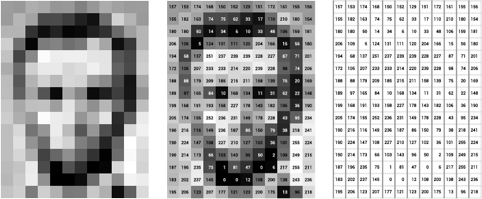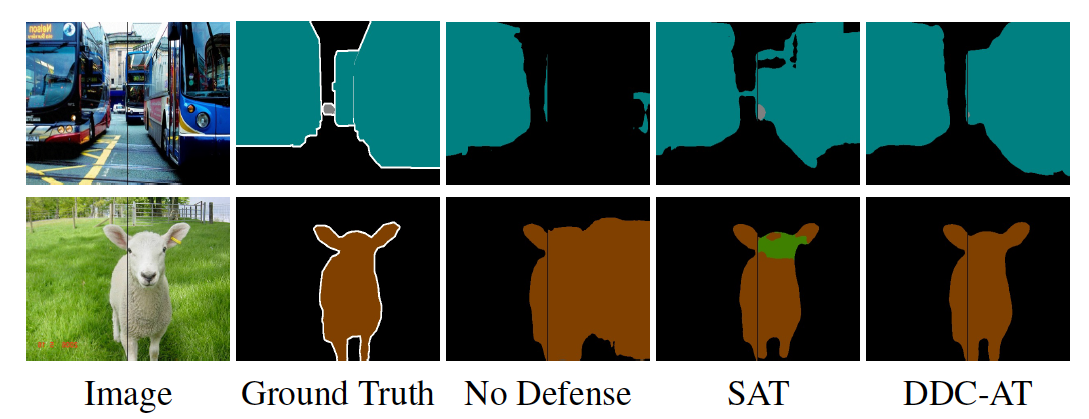Sure, here’s a brief blog on “Feature Extraction: Unveiling Patterns”:
Feature extraction is one of the most exciting
aspects of image processing. It involves detecting and describing meaningful information from images, allowing us to understand and analyze visual data. This blog will explore keypoint detection and descriptors, two essential components of feature extraction.
Keypoint Detection
Keypoint detection focuses on identifying interesting points in an image, such as corners, blobs, and edges. These keypoints are critical for various applications, including image stitching, object recognition, and tracking.
Corners
Corners are points where the intensity changes sharply in multiple directions. They are stable and can be reliably detected, making them useful for matching and tracking. The Harris Corner Detector and the Shi-Tomasi method are popular algorithms for detecting corners.
Blobs
Blobs are regions of an image that differ in properties, such as brightness or color, compared to surrounding areas. The Scale-Invariant Feature Transform (SIFT) and Speeded-Up Robust Features (SURF) are well-known algorithms for detecting blobs.
Edges
Edges are points where the intensity changes abruptly, usually indicating boundaries of objects within an image. Edge detection is often performed using the Canny edge detector or the Sobel operator.
Descriptors
Once keypoints are detected, the next step is to describe them in a way that allows for matching and tracking across different images. Descriptors are mathematical representations of keypoints, capturing their local appearance and surroundings.
SIFT (Scale-Invariant Feature Transform)
SIFT is a robust feature descriptor that identifies keypoints and describes them using a vector of gradient orientations. It is invariant to scale, rotation, and illumination changes, making it highly reliable for matching keypoints across different images.
SURF (Speeded-Up Robust Features)
SURF is a faster alternative to SIFT, providing similar robustness with improved computational efficiency. It uses an approximation of the Laplacian of Gaussian for keypoint detection and describes keypoints using a distribution of Haar wavelet responses within the neighborhood of the keypoint.
ORB (Oriented FAST and Rotated BRIEF)
ORB is a fast and efficient feature descriptor suitable for real-time applications. It combines the FAST keypoint detector with the BRIEF descriptor and introduces orientation compensation, making it invariant to rotation.
Practical Implementation
Feature extraction can be implemented using image processing libraries like OpenCV in Python. Here’s a brief example of using SIFT to detect and describe keypoints:
import cv2
# Load an image
image = cv2.imread('image.jpg', cv2.IMREAD_GRAYSCALE)
# Initialize SIFT detector
sift = cv2.SIFT_create()
# Detect keypoints and compute descriptors
keypoints, descriptors = sift.detectAndCompute(image, None)
# Draw keypoints on the image
image_with_keypoints = cv2.drawKeypoints(image, keypoints, None, flags=cv2.DRAW_MATCHES_FLAGS_DRAW_RICH_KEYPOINTS)
# Display the result
cv2.imshow('SIFT Keypoints', image_with_keypoints)
cv2.waitKey(0)
cv2.destroyAllWindows()
In this example, we use the SIFT algorithm to detect keypoints and compute their descriptors. The keypoints are then drawn on the image for visualization.
Understanding and applying feature extraction techniques is crucial for various image processing tasks. By detecting and describing keypoints, we can unveil patterns and extract meaningful information from images, enabling a wide range of applications from object recognition to image stitching.

 Image Representation: The Building Blocks
Image Representation: The Building Blocks